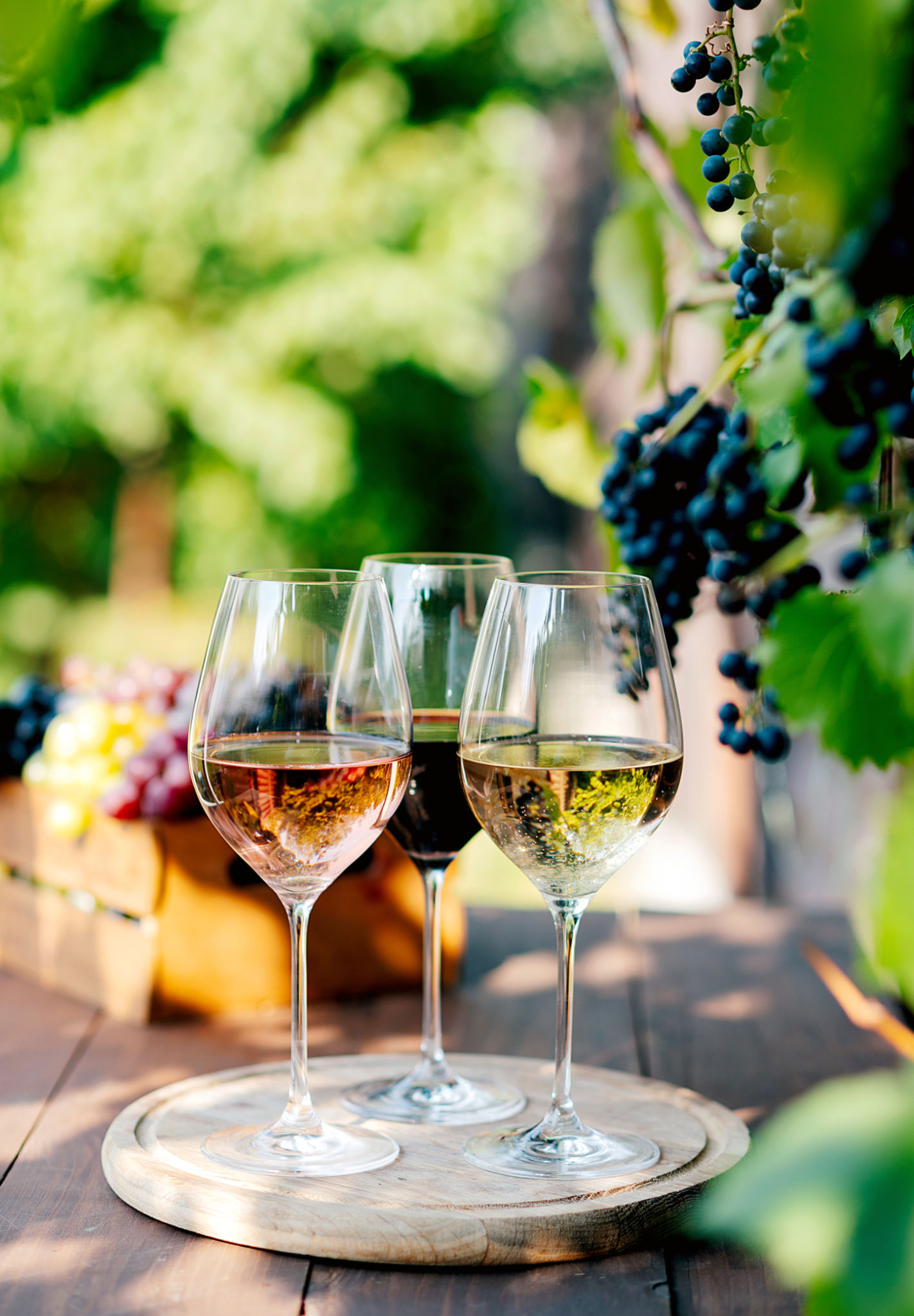A Beginner's Guide to Wine Appreciation: From Vine to Glass
Understanding the Basics of Wine
Wine appreciation is an art that combines the senses of taste, smell, and sight to create an enriching experience. Whether you're a budding enthusiast or simply curious, understanding the basics can enhance your enjoyment of this timeless beverage. Wine is made from fermented grapes, with thousands of varieties available worldwide.
Grapes are grown in vineyards, and the type of grape used significantly influences the wine's flavor profile. The climate, soil, and winemaking techniques all contribute to the unique characteristics of each wine. By exploring different types and regions, you can begin to identify the tastes and aromas that appeal to you.

The Journey from Vine to Glass
The process of wine production begins in the vineyard. Grapes are carefully cultivated, harvested, and then fermented. Fermentation is a critical step where yeast converts the sugars in the grape juice into alcohol. This process can take anywhere from a few weeks to several months, depending on the type of wine being produced.
After fermentation, wines are typically aged in barrels or tanks to develop their flavors further. The choice of aging vessel can impart additional taste characteristics, such as oaky notes from wooden barrels. Once aged, the wine is bottled and ready to be enjoyed.
Tasting Techniques
Wine tasting is both a science and an art. To start, observe the wine's color and clarity by holding the glass up to the light. Swirl the wine gently in the glass to aerate it, which helps release its aromas. Take a moment to inhale deeply and identify any scents you recognize.

When tasting, take a small sip and let it linger on your palate. Notice the flavors and how they change as the wine moves through your mouth. Pay attention to the wine's body, acidity, sweetness, and finish. These elements combine to create a unique tasting experience.
Pairing Wine with Food
Pairing wine with food is an important aspect of wine appreciation. The right pairing can enhance both the dish and the wine, creating a harmonious balance of flavors. A general rule of thumb is to match the weight and intensity of the wine with that of the food.
- White wines often pair well with lighter dishes like fish or chicken.
- Red wines complement richer foods such as beef or lamb.
- Sparkling wines can be versatile, matching well with a variety of dishes from appetizers to desserts.
Experimenting with different pairings will help you discover combinations that you enjoy.

Building Your Wine Collection
As you grow more confident in your wine appreciation skills, you might consider building a personal collection. Start by purchasing wines that you enjoy or those that have been recommended by trusted sources. A diverse collection might include wines from various regions and grape varieties.
Proper storage is essential for maintaining the quality of your wine. Store bottles on their sides in a cool, dark place with a consistent temperature. This prevents the cork from drying out and keeps your wine in optimal condition for future enjoyment.
Embracing Your Wine Journey
Wine appreciation is a lifelong journey filled with discovery and enjoyment. As you continue to explore different wines, you'll refine your palate and deepen your understanding of this complex beverage. Remember that the best wine is one that you enjoy drinking.
Whether you're sharing a bottle with friends or savoring a glass on your own, each experience adds to your growing knowledge and appreciation of wine. Cheers to embarking on this flavorful adventure!